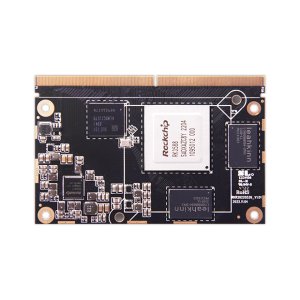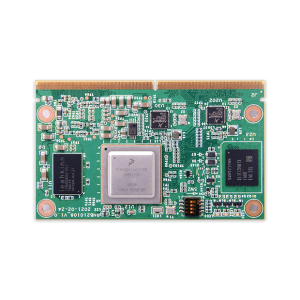How Computer on Modules Are Shaping the Future of Edge Computing
How Computer on Modules Are Shaping the Future of Edge Computing
Blog Article
Edge computing has appeared as a revolutionary trend in the technology business, permitting faster data control and paid down latency by getting computational power nearer to where information is created. An integral advancement pushing this transformation may be the increase of system on module manufacturers which are lightweight, successful, and functional research products designed to include easily in to tailored hardware systems.

The Role of Pc on Adventures in Side Computing
Pc on Segments have become indispensable in edge processing because of their capability to streamline hardware design while maintaining robust handling capabilities. In accordance with a recently available report by MarketsandMarkets, the global side computing market is expected to develop from $40.84 thousand in 2021 to $132.11 billion by 2026, with COMs playing a significant position in that expansion.
These adventures are specially impactful in industries requesting real-time knowledge analysis at the edge. For example, the transport market utilizes COMs in autonomous cars for real-time decision-making, while smart cities release them to handle techniques like traffic flow and energy distribution.
Small and Functional Style
One of the standout features of Pc on Adventures is their compact and modular design. This allows designers to incorporate high-performance computing power in to edge products without the necessity for intensive equipment redesign. A survey by IoT Analytics discovered that 68% of companies employing IoT answers contemplate modular electronics like COMs essential for rapid implementation and scalability.
COMs also help tailor-made designs, creating them suitable for a wide variety of applications, from industrial automation to healthcare. Their capability to conform to particular demands is just a driving power behind their usage in edge research systems.
Energy Efficiency and Efficiency
Edge processing units often run in settings with limited energy resources. COMs address that challenge by providing enhanced energy effectiveness without diminishing on computational strength. A study by Allied Industry Study highlighted that energy-efficient edge computing answers are anticipated to take over the market through 2030, positioning COMs as a vital part for reaching that goal.
Furthermore, with developments in processors and incorporated artwork, COMs now supply the performance required for AI-driven purposes at the edge. That not just promotes real-time abilities but also decreases dependence on centralized cloud systems.
Why the Potential Belongs to COMs
With international information generation projected to reach 175 zettabytes by 2025, edge research is defined to are more integrated than ever. Computer on Segments offer an convenient, energy-efficient, and scalable solution for processing that influx of data. Their relevance across varied industries like healthcare, manufacturing, and telecommunications only underscores their critical position in shaping the ongoing future of edge computing.
COMs are no more just a technological tendency; they are the backbone of next-generation edge methods operating development and performance across the globe. Because the demand for side processing is growing, therefore may the value and impact of COMs in that fast growing landscape. So, it's secure to say that Computer on Modules are here to keep and can carry on surrounding the ongoing future of edge computing.

Realization
Side processing is transforming just how we method and utilize data, with Computer on Modules at the lead of this revolution. Their lightweight design, versatility, power efficiency, and performance cause them to become an ideal option for handling real-time information at the edge. As industries significantly rely on side processing for their procedures, COMs will enjoy a crucial position in driving advancement and performance in these systems. Report this page